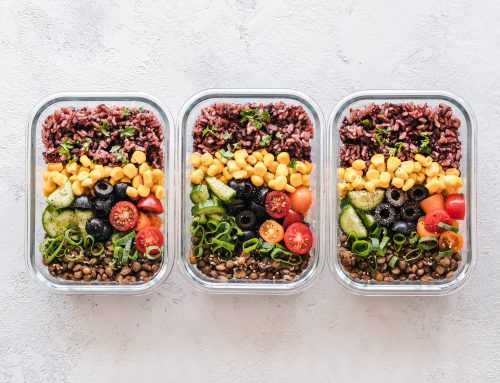I recently completed a cooking workshop run by my local yoga center, on the ‘Yogic Vegetarian Diet’. While I am not a vegetarian, I love vegetarian food, I love cooking and I love learning about the way different cultural/religious/traditional diets. The meals we cooked tasted amazing, and I enjoyed learning about the Ayurveda nutrition principles or philosophy around health, food and nutrition. I thought I’d share some of those principles here, as well as a very tasty recipe!
Thanks yogawhitelotus.com.au for an enjoyable and tasty experience!
According to Ayurveda and the Yogic diet, all of nature, including our diet is categorised into three qualities or Gunas: Sattva (purity), Rajas (activity), Tamas (inertia). Yogis believe not only that ‘you are what you eat’ but also you eat those foods that reflect your own level of mental and spiritual purity. The yogic diet is based on Sattvic foods.
- Sattva: Quality of purity, truth, light and love. Sattvic foods promote health and calm the mind. They are fresh, pure and full of prana. Sattvic foods include: water, grains (whole grains seem to predominate), legumes, nuts, seeds, fruit, vegetables, minimally processed dairy, honey.
- Rajas: Quality of change, activity, and movement. Rajasic foods are stimulating by nature. Used in moderation they provide the body with vital energy, but in excess they create imbalance, which leads to restlessness, hyperactivity, and anger. Rajasic foods include: alcohol, caffeine, cocoa (chocolate), sugar, chili and various herbs & spices, meat, eggs, some dairy (especially aged dairy from I can tell e.g. blue cheese), some vegetables.
- Tamas: Quality of dullness, darkness, inertia. Tamasic foods lead to sluggishness, dullness, lethargy, and incline the body towards disease. Tamasic foods include refined flour, sugar, alcohol, fats meat, eggs, aged cheeses, some vegetables
From what I could tell, the Yogic diet is based on Sattvic Foods, but does include some Rajasic and Tamasic foods in moderation (e.g. chili and ginger).
At first appearance this seems quite different to our Western Dietary Guidelines, although, after analysing it I think it is quite similar: The healthiest eating plans are those that are based on fresh, whole foods, with minimal refined or processed foods. And while a small amount of caffeine, alcohol and sugar may be included in a healthy diet, it should be in moderation.
While a vegetarian diet does not suit everyone, the Ayurveda principles can still be applied to omnivorous diet: choose fresh, wholesome, minimally processed foods, and make your own meals from these fresh ingredients as much as possible!
RECIPE: Fresh Coconut Chutney with Mint
1-2 Jalapeno peppers, seeded and chopped
½ inch piece ginger root, peeled and sliced
10 whole cashews (or almonds)
1/3 cup water
2 Tbsp fresh lime/lemon juice
1 Tbsp raw sugar or pure maple syrup
1 tsp salt
1/3 cup fresh mint leaves
1 cup shredded unsweetened coconut flesh (or if cannot get coconut flesh, soak one cup desiccated coconut in water overnight)
- Using a food processor or blender, process chillies and ginger.
- Add nuts and blend until ground
- Add juice, sugar, salt and mint and process, adding water tablespoon at a time until smooth
- Process until smooth, scraping sides as necessary.
- Serve room temperature or chilled. Delicious with curry!






